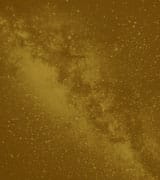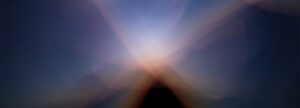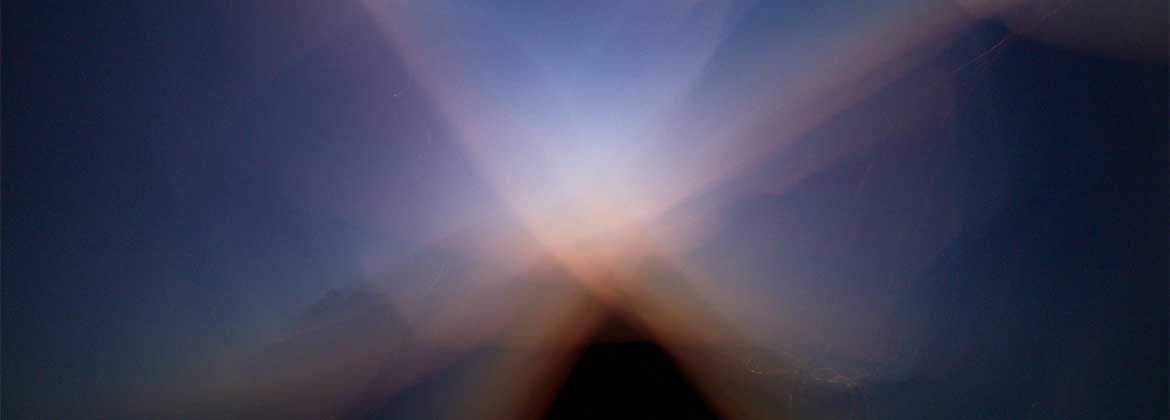Astronomical Ephemeris – August – 2021
Astronomical Ephemeris – August – 2021
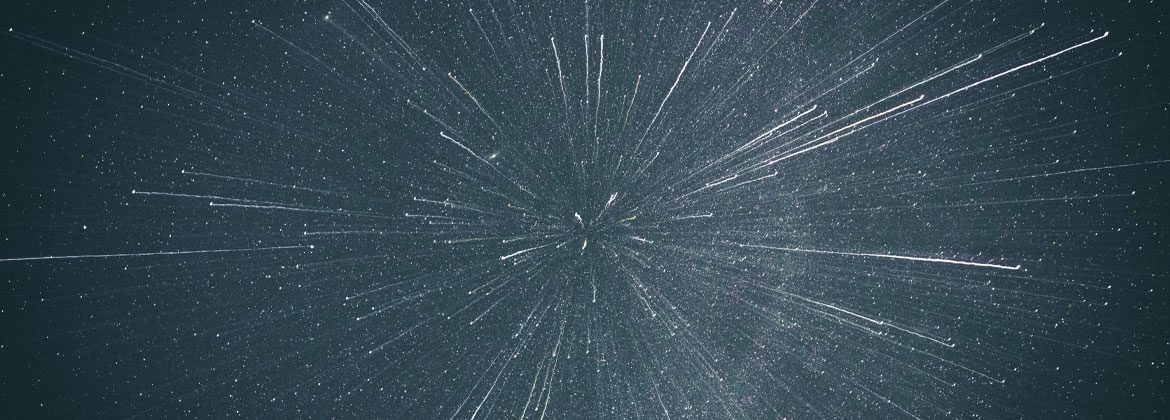

The astronomical agenda for August brings six highlighted phenomena. Observable with the naked eye in both hemispheres, they will lead us to reflect on our size faced with the greatness of the universe that welcomes us.
Moon phases
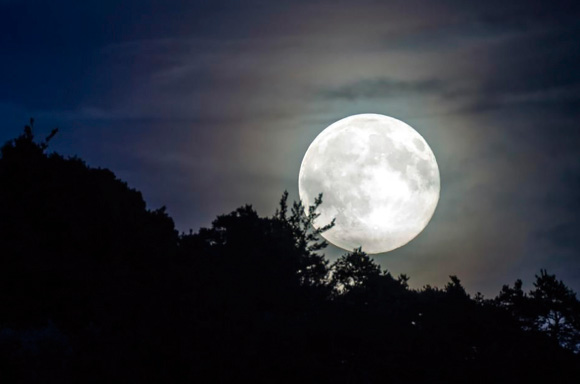
August 8 – New Moon
August 15 – First Quarter
August 22 – Full Moon
August 30 – Last Quarter
Opposition
In August, the gas giants Saturn and Jupiter can be seen more fully. They will be in opposition.
When a planet orbiting farther from the Sun than the Earth – called outer or greater planets – forms an alignment with the Sun and the Earth, positioned between them, we have a situation of “opposition”.
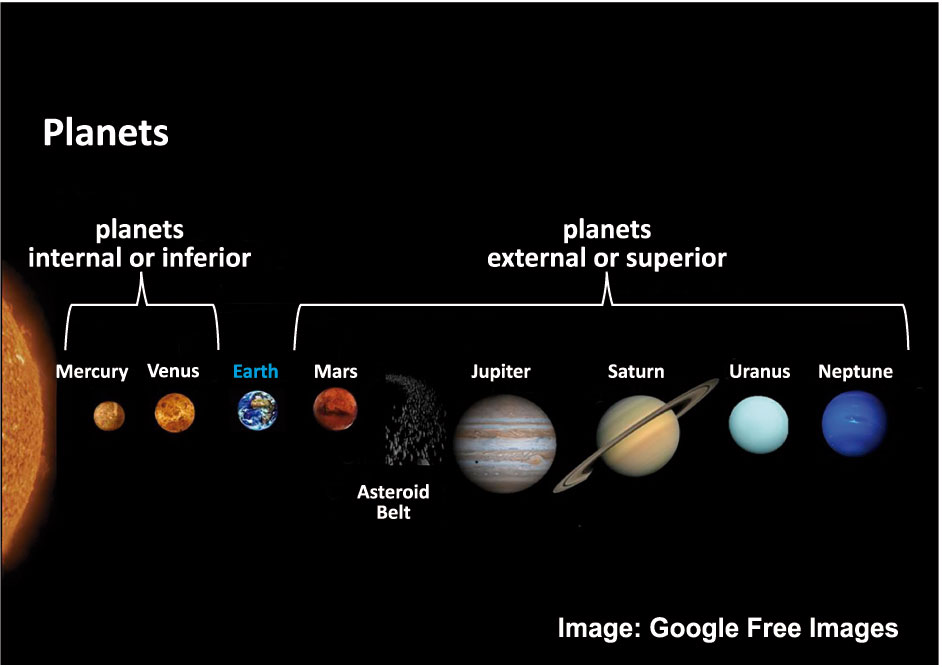
This term is used by astronomy for this event, as the planet is opposite the Sun; that is, it rises at the time the sun sets (western horizon), is visible all night, and sets when the sun rises (eastern horizon), seen here from the Earth.
The planet’s situation of opposition gives us a great time to observe it because, in addition to staying longer in the night sky, it will still be brighter due to its closer position to the Earth.
The illustrative images will help to better understand this phenomenon.
August 2
Saturn in opposition
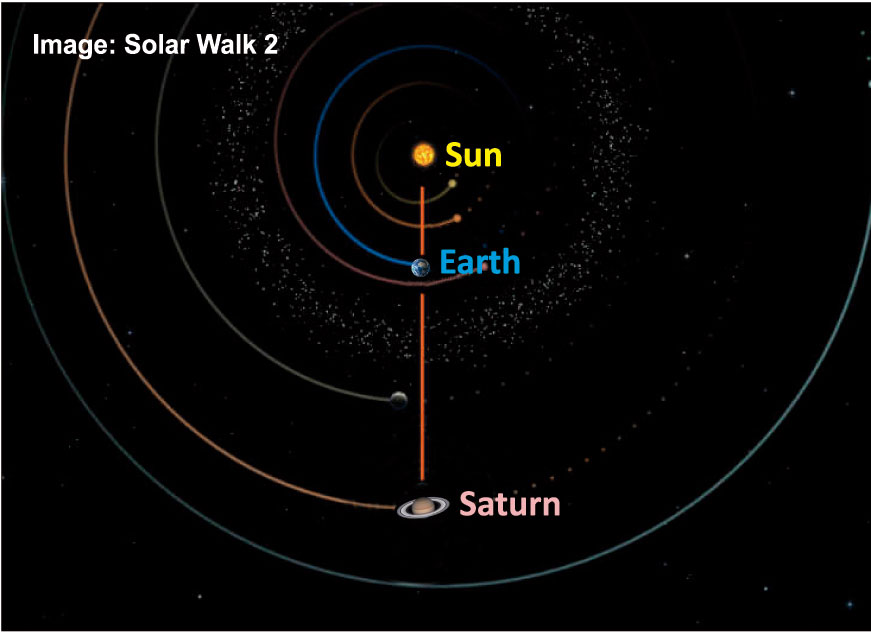
August 19
Jupiter in opposition
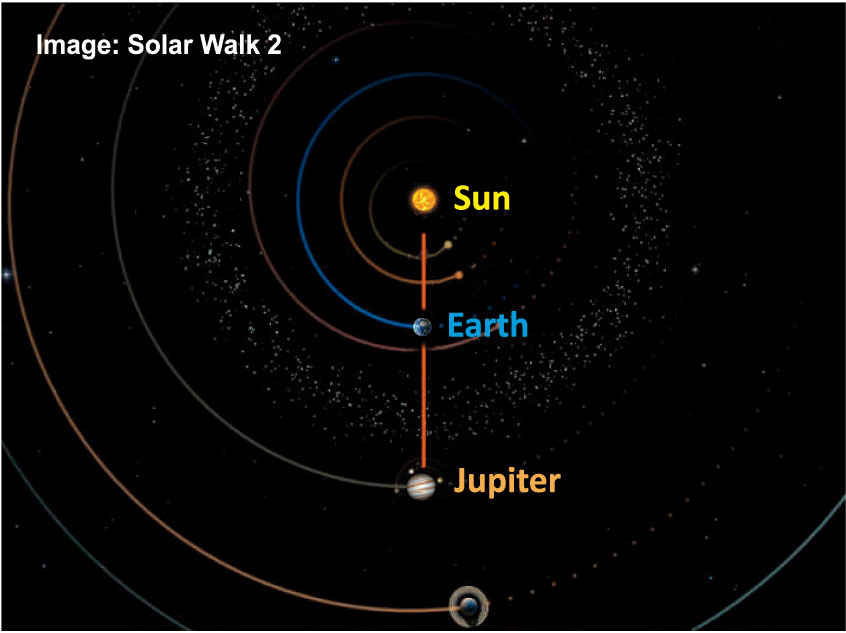
Conjunctions in August
This month, at three different times, our satellite, the Moon, will form a conjunction with a planet – first with Venus, then with Saturn and finally with Jupiter. This means that it will apparently be very close to these planets in the firmament, according to our field of vision here on Earth.
The three conjunctions are observable with the naked eye or through binoculars, but will not fit into a telescope’s field of view.
August 11
Conjunction between the Moon and Venus
The Moon will be at 4°17’ north of Venus from approximately 18:25 to 20:29 (Brasilia -3 UTC), forming the conjunction, 31° above its western horizon. After 8:29 pm (Brasilia -3 UTC), they will sink below the horizon.
The Moon will be at magnitude of brightness -10.0 and Venus at magnitude -4.0, both in the constellation Virgo.
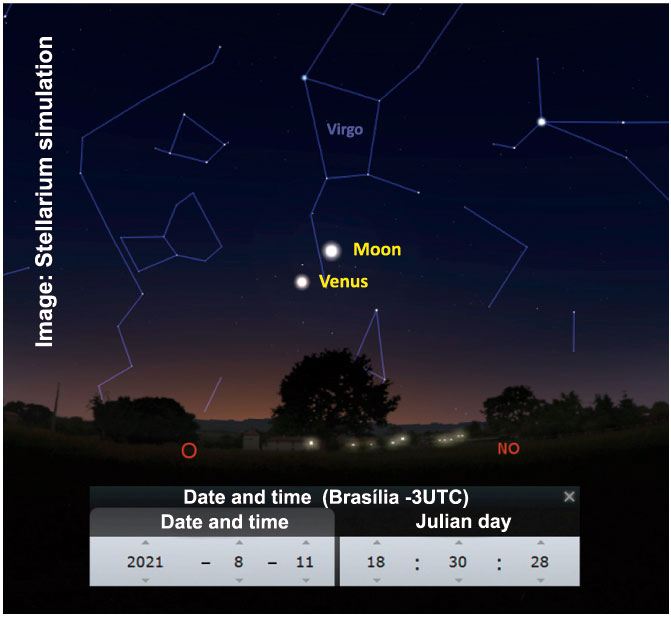
August 20
Conjunction between the Moon and Saturn
The Moon and Saturn will be visible in conjunction in the night sky around 18:28 (Brasilia -3UTC), 23° above its eastern horizon. At 23:12 (Brasilia -3UTC) they will reach the highest point in the sky, 87° above the northern horizon. They will continue to be observable until approximately 5:00 am (Brasília -3UTC), when they will sink below the horizon.
The Moon will be at -12.6 magnitude of brightness and Saturn at 0.2 magnitude, both in the constellation Capricorn.
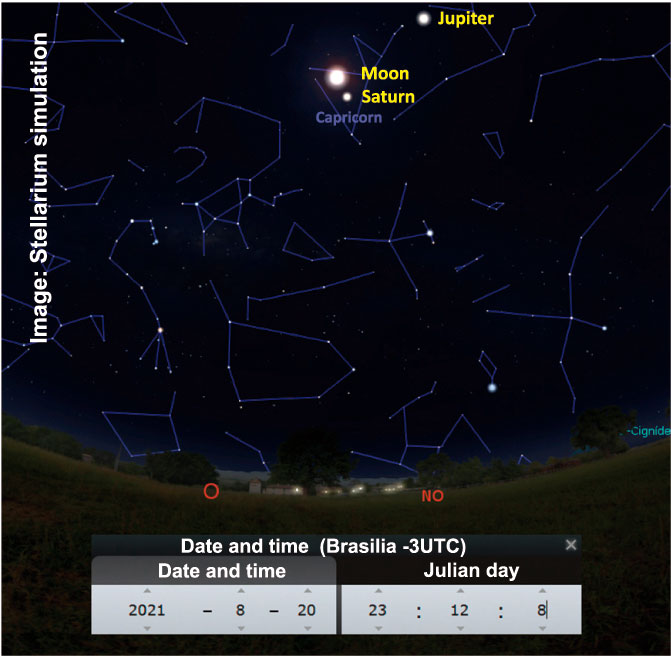
August 22
Conjunction between the Moon and Jupiter
The pair, the Moon and Jupiter, will be in conjunction between 18:34 (Brasilia -3UTC) – when they reach an altitude of 7° above the eastern horizon – and 6:07 am (Brasilia -3UTC), when they will sink below the western horizon. They will reach their highest point in the sky at 00:21 (Brasilia -3UTC) when they are 82° above their northern horizon.
The Moon will be at -12.7 magnitude of brightness in Aquarius; and Jupiter at magnitude -2.9 in Capricorn.
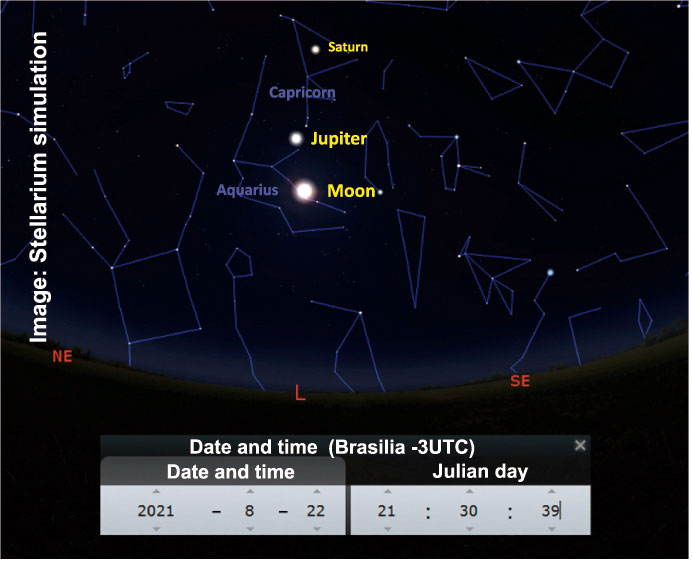
August 12
Perseid Meteor Shower
August will also see more intense meteor activity crossing the Earth’s atmosphere at speeds of approximately 70 to 100 km/s, producing bright, persistent trails in the sky in some places, and short, bright trails in others.
It’s the Perseid meteor shower giving its spectacle!
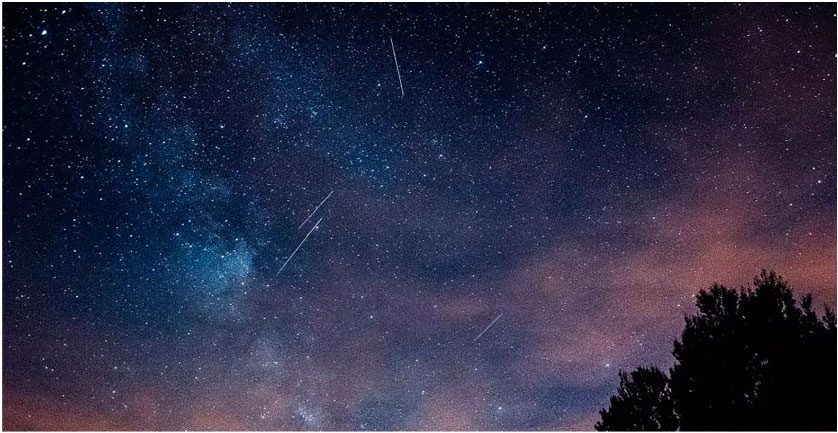
This prolific shower, the result of the passage of the Earth, during the execution of its orbital movement, through the wake of debris ejected into the cosmos by comet 109P / Swift-Tuttle, active between July 17 and August 24. Its peak – moment of greatest activity and visibility – will occur on the 12th, from 2:39 am to 6:00 am (Brasília -3UTC), when will be its greatest exhibition, because its radiant point – reference of origin of the shower according to our point of observation here on the Earth, which in this case is the constellation Perseus, hence its name “Perseids” – will be higher in relation to the horizon line.
During peak time, the Perseid meteor shower can produce between 24 and 140 meteors per hour, depending on light pollution and the height of the radiant spot of the observer’s location.
As an example, at the time of the peak of the Perseids in São Paulo (Brazil), the radiant’s altitude will be 9º above the horizon, and may generate a production of up to 24 meteors per hour; and, in New York, the radiant’s altitude will be 69º above the horizon and can generate up to 140 meteors per hour.
To observe the Perseids, look for a place with minimal light pollution – moonlight will have minimal interference because at this time the Moon will be close to the new phase – wait a bit for your eyesight to adjust; then direct your gaze northward and, if you know the constellations, locate the constellation Perseus in the sky. Ready! Now just live the experience.
Source: jpl.nasa.gov/calendar / solarsystem.nasa.gov / in-the-sky.org / Stellarium.org / rmg.co.uk / earthsky.org / space.com / derekscope.co.uk / amsmeteor.org / IMO (International Meteor Organization)
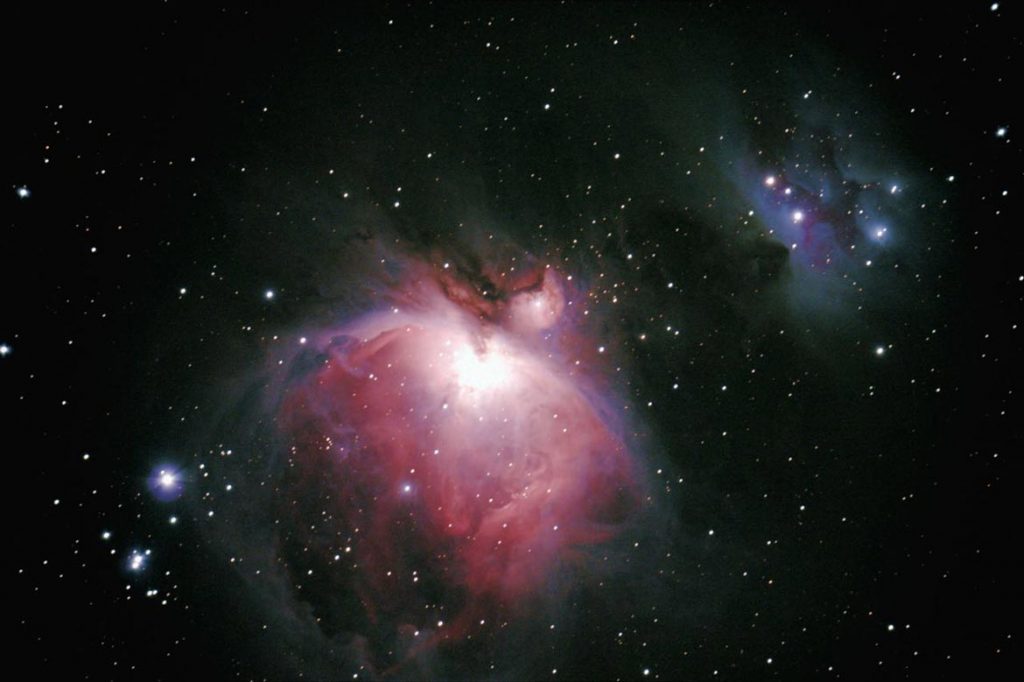
Astronomical ephemerides is a monthly calendar prepared by the Astronomy Sector, which is one of the 12 that make up the PRÓ-VIDA Laboratory Department. In the department, studies, research and scientific experiments related to various themes are developed, as well as field activities and lectures.

Astronomical ephemerides is a monthly calendar prepared by the Astronomy Sector, which is one of the 12 that make up the PRÓ-VIDA Laboratory Department. In the department, studies, research and scientific experiments related to various themes are developed, as well as field activities and lectures.

